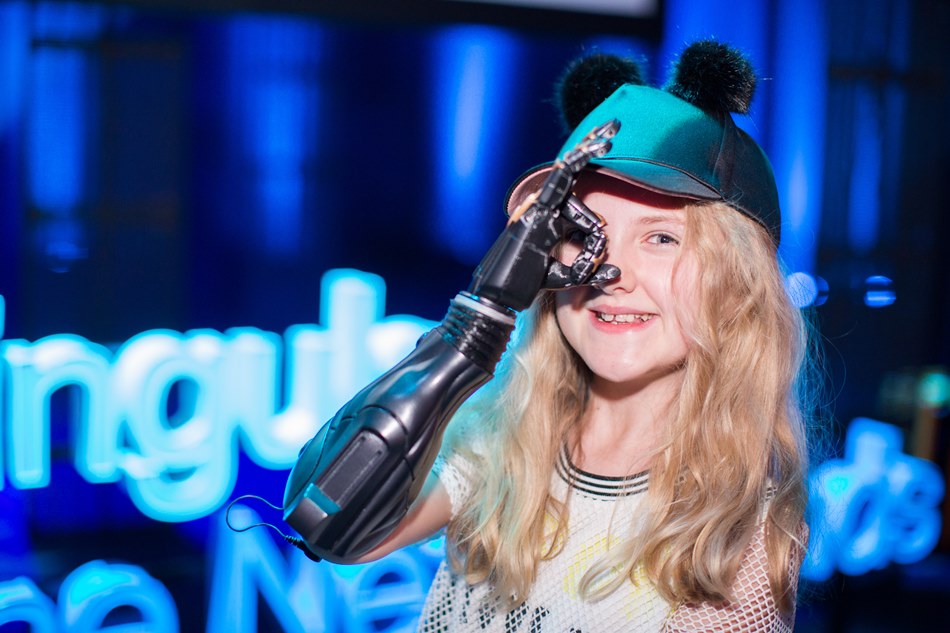The field of pediatric prosthetics has come a long way in providing children with limb differences the opportunity to lead active and fulfilling lives. However, like any evolving field, it faces its fair share of challenges. In this article, we will explore the hurdles that pediatric prosthetics encounter and the innovative solutions that are shaping the future of this vital aspect of healthcare.
Challenges in Pediatric Prosthetics
- Growth and Development: One of the primary challenges in pediatric prosthetics is accommodating the rapid growth and development of children. Unlike adults, children’s bodies are constantly changing, requiring prosthetic devices that can adapt to their increasing size and changing needs. Traditional prosthetics often struggle to keep pace with this dynamic growth, leading to the need for frequent adjustments and replacements.
- Comfort and Functionality: Ensuring that a prosthetic device is not only comfortable but also functional is a delicate balance. Children, being naturally active, need prosthetics that can withstand the wear and tear of daily activities while providing the necessary support and range of motion. Achieving this balance is challenging, as it involves addressing the unique biomechanical requirements of each child.
- Psychosocial Impact: The psychosocial impact of limb differences on children cannot be underestimated. Adapting to life with a prosthetic limb involves not only physical adjustments but emotional and social ones as well. Children may face stigma, self-esteem issues, and the challenge of fitting in with their peers. Effective integration of psychological support into pediatric prosthetic care is crucial to addressing these emotional aspects and promoting holistic well-being.
Innovations in Pediatric Prosthetics
- 3D Printing Technology: The advent of 3D printing has revolutionized the field of pediatric prosthetics. Customization is key when dealing with the unique needs of growing children, and 3D printing allows for the creation of personalized prosthetic devices. This technology enables rapid prototyping, making it easier to accommodate the frequent adjustments required as a child grows. Additionally, 3D printing offers a more cost-effective solution compared to traditional manufacturing methods.
- Advanced Materials: Innovations in materials used for prosthetics have greatly improved both comfort and functionality. Lightweight and durable materials, such as carbon fiber and titanium, are now commonly used in pediatric prosthetics. These materials not only provide the necessary strength for active use but also contribute to a more natural feel, enhancing the overall experience for the child.
- Sensor Technology: Incorporating sensor technology into pediatric prosthetics has been a game-changer in terms of functionality. Prosthetic limbs equipped with sensors can respond to muscle signals, providing a more natural and intuitive control for the user. This innovation not only improves the child’s ability to perform various activities but also enhances the overall user experience, fostering a sense of empowerment.
- Mind-Controlled Prosthetics: In recent years, researchers have made significant strides in developing mind-controlled prosthetic limbs. By utilizing brain-machine interfaces, these prosthetics can be controlled directly by the user’s thoughts. While this technology is still in the early stages of development, it holds immense promise for the future of pediatric prosthetics, offering a level of control and integration previously unimaginable.
- Telehealth and Remote Monitoring: The integration of telehealth and remote monitoring technologies has facilitated better ongoing care for pediatric prosthetic users. Prosthetists can remotely monitor the functionality of the devices, troubleshoot issues, and make necessary adjustments without requiring the child to be physically present. This not only improves accessibility to care but also reduces the burden on families, especially those living in remote areas.
Conclusion
Pediatric prosthetics continue to face challenges in meeting the unique needs of growing children with limb differences. However, ongoing innovations in technology and materials are paving the way for more effective and personalized solutions. The combination of 3D printing, advanced materials, sensor technology, mind-controlled prosthetics, and telehealth is reshaping the landscape of pediatric prosthetics, offering hope and improved quality of life for countless children around the world. As research and development in this field continue to progress, we can anticipate even more breakthroughs that will further enhance the accessibility and functionality of pediatric prosthetic devices, ensuring that every child has the opportunity to embrace a future without limitations.



